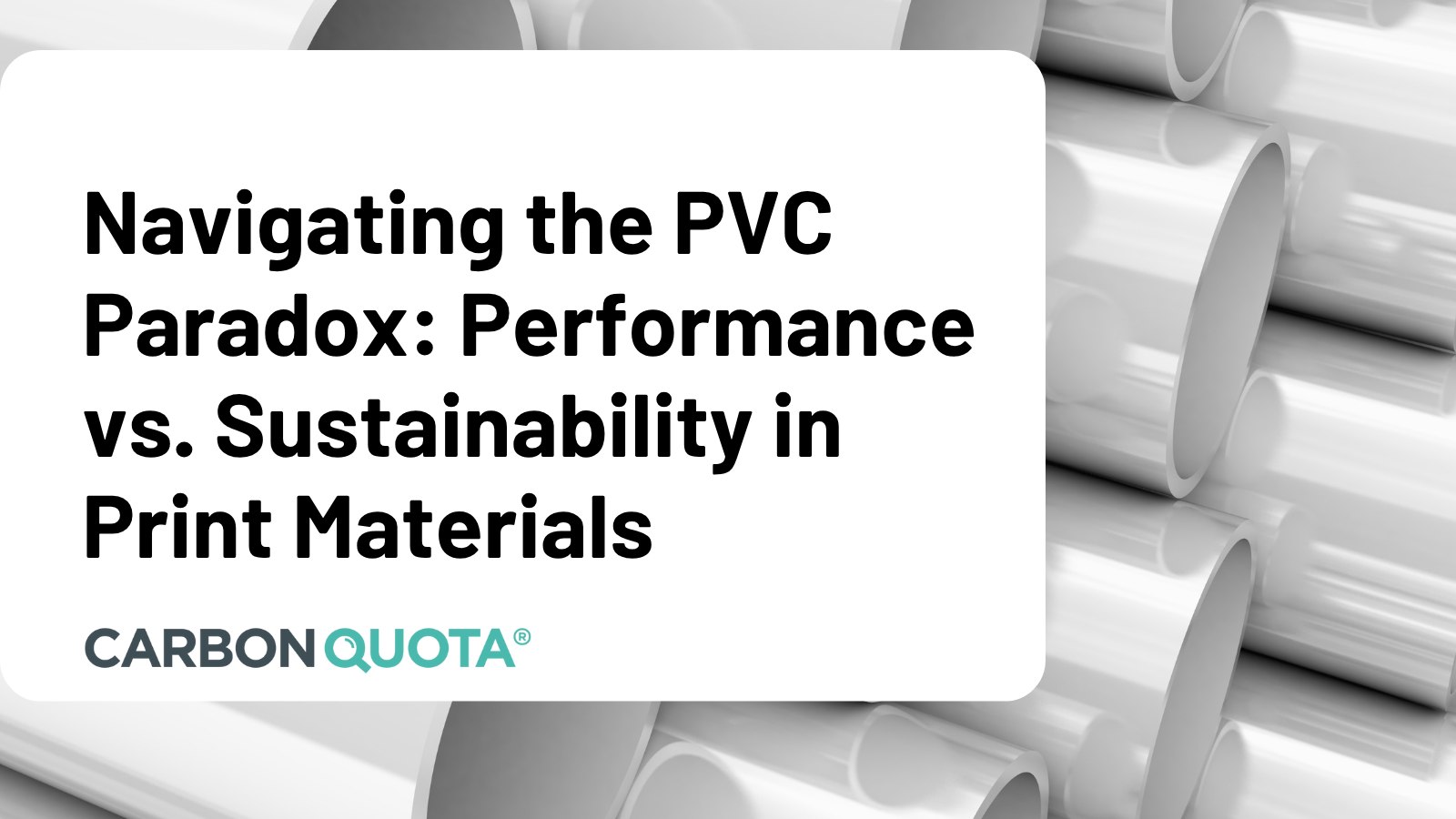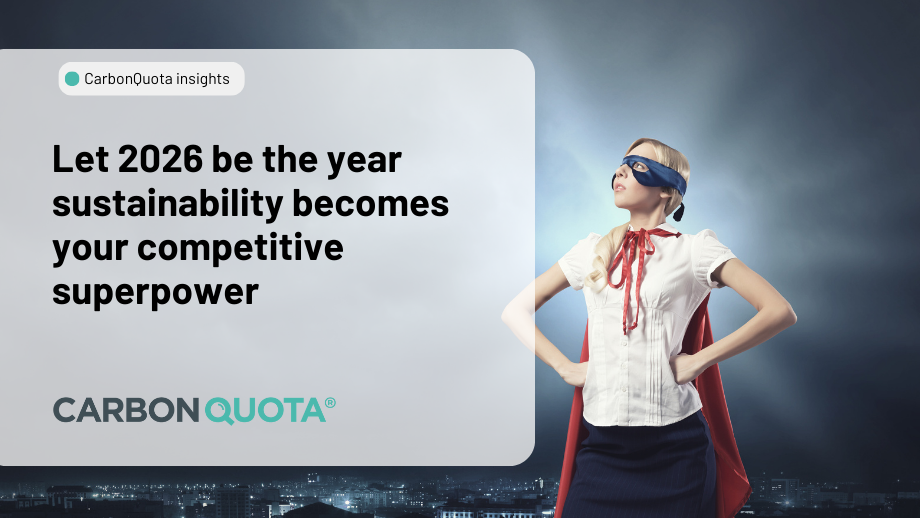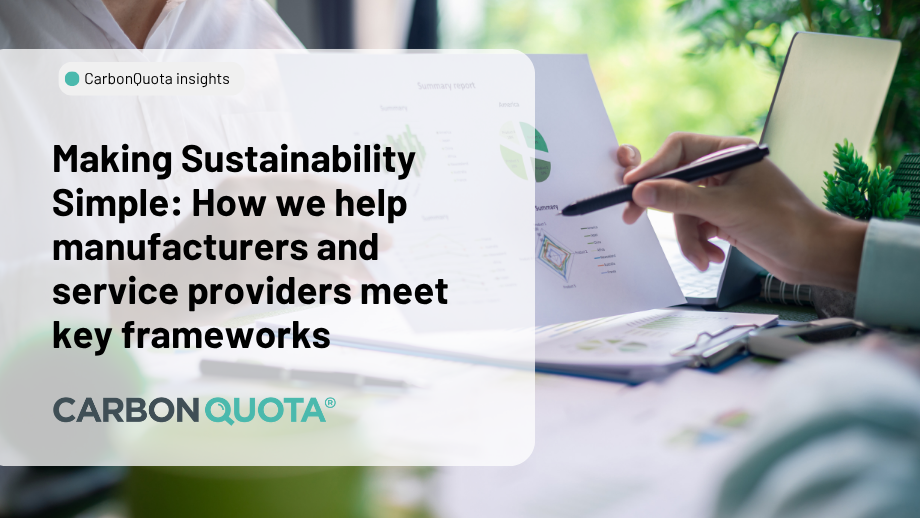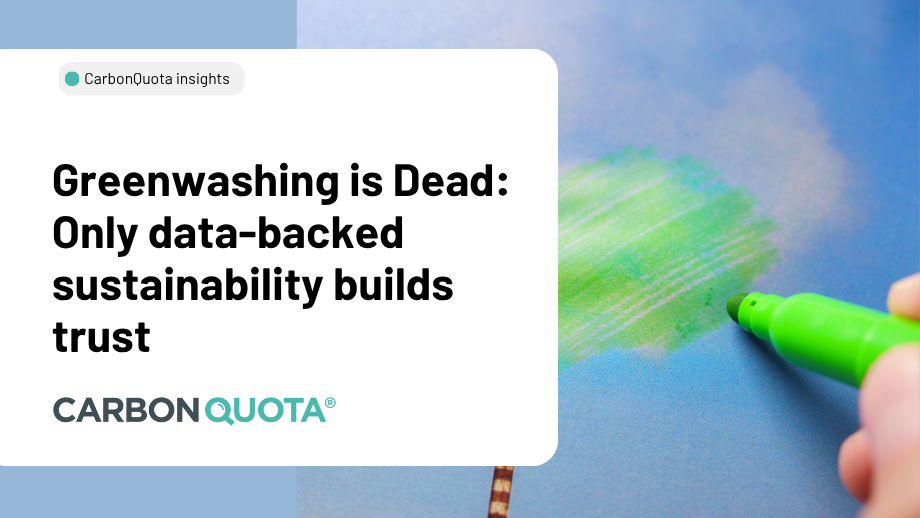The printing industry finds itself caught in a complex balancing act. PVC remains the gold standard for sign and display, delivering unmatched durability and colour vibrancy that clients demand. Yet mounting environmental pressure has transformed this reliable standard-bearer into the industry’s most scrutinised material, forcing manufacturers and printers to navigate increasingly complex waters between performance expectations and sustainability concerns.
The Printer’s Challenge
For sign and display printers, PVC has been the backbone of their business for decades. Whether producing vibrant vehicle wraps that must withstand years of UV exposure, exhibition graphics requiring perfect colour reproduction, or window stickers needing exceptional adhesion properties, PVC consistently delivers results that alternatives struggle to match. The material’s flexibility, durability, and printability make it hard to beat.
The initial response following heightened environmental awareness saw many brands committing to eliminate PVC entirely. However, this approach often revealed significant performance gaps when alternative materials struggled to match PVC’s established track record. Many printers found themselves caught between client sustainability demands and the practical reality of achieving comparable results with unfamiliar materials.
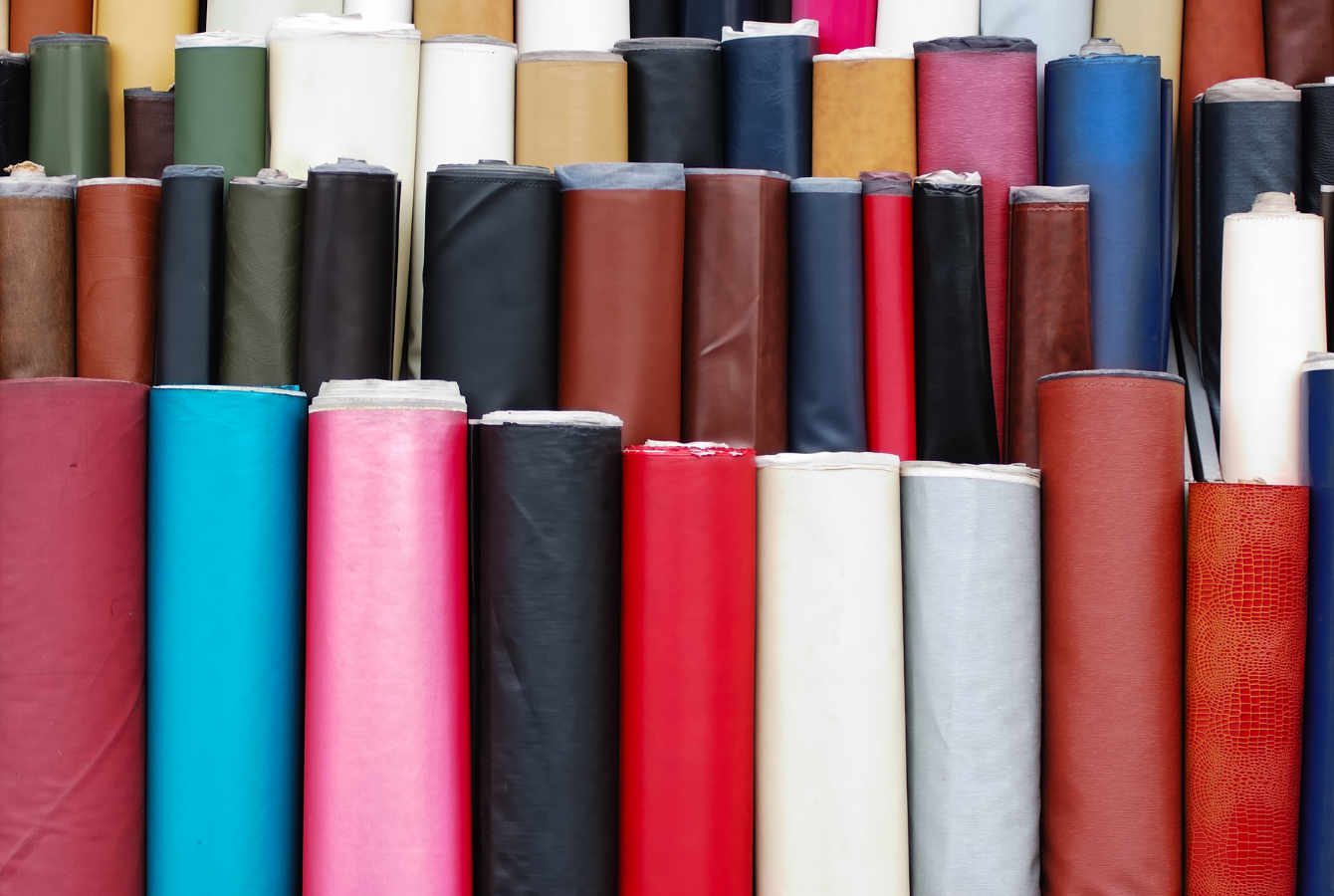
Manufacturers Under Scrutiny
Substrate manufacturers face mounting pressure to develop viable alternatives while maintaining their market positions. The leading manufacturers are increasingly engaging environmental experts to conduct comprehensive cradle-to-grave lifecycle assessments, evaluating the full environmental impact of materials from raw material extraction through to removal and disposal. These companies are investing in research and development, seeking formulations that can match PVC’s performance characteristics while better understanding environmental implications.
The challenge extends far beyond simply replacing one material with another. Manufacturers must navigate the entire supply chain complexity, from raw material sourcing to end-of-life disposal. Alternative materials have emerged as potential PVC substitutes, each with different use cases and applications. However, achieving comparable weather resistance and colour retention requires sophisticated chemical engineering, and sometimes alternative materials present their own unintended environmental challenges that don’t necessarily solve the original problem.
Supply Chain Transparency Matters
The environmental impact spans across raw material extraction, manufacturing, processing, printing, distribution, removal and waste management. Understanding these impacts requires unprecedented supply chain transparency that most companies are still working to achieve.
Raw material extraction for PVC involves petroleum-based processes that generate carbon emissions. Manufacturing requires high-temperature processing and chemical additives that can release compounds affecting indoor air quality in production facilities. Distribution and installation requires packaging and transportation that contribute to carbon footprints. Removal at end of life can require harsh chemicals while waste management remains problematic due to PVC’s recycling difficulties and potential emissions during incineration or chemical leaching from landfill disposal.
Alternative materials present their own lifecycle complexities. While materials like PP and PET may offer better recyclability, their production still requires fossil fuel inputs and energy-intensive manufacturing processes. The potential advantage may lie in the end-of-life phase, where these alternatives could be more safely recycled or disposed of without generating the most problematic byproducts, though this depends heavily on available infrastructure and proper handling.
Innovation and Reality
The future of printing substrates lies in materials that could potentially offer lower environmental impact while maintaining necessary performance standards. Bio-based materials, plant-based polymers derived from agricultural waste, and removable and recyclable films are being explored as part of potential solutions, though each comes with its own challenges and limitations.
Working with PVC alternatives often requires different handling techniques, adjusted maintenance schedules, and modified installation procedures. The transition involves a learning curve as the industry adapts to materials with different surface properties, printability characteristics and durability.
Success depends on mastering techniques with materials that have better environmental profiles, backed by thorough scientific assessment rather than assumptions.
